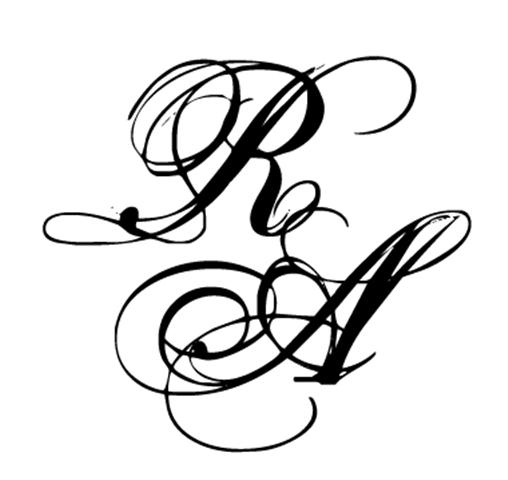Carving and gilding may be a practice of which you are not completely familiar. The two crafts are often mentioned together but they are separate disciplines, which take a great deal of practice and discipline to execute well.
The practice of gilding is not new and evidence of the technique can be dated back to around 2300 BC whereupon gold leaf had been used to decorate both wooden and metal items in the Egyptian tombs. This is not to be confused with earlier techniques of gold metalwork and it should be noted that the practice of gilding may stretch back beyond this date.
Why did people gild? To simulate the appearance of solid gold. It is obviously so much more efficient and cost-effective to produce a gold surface using a thin layer of gold leaf. Gold leaf was originally manufactured by hand. Skilled artisans would beat the gold from a solid piece into a leaf. Modern techniques have surpassed this whereby the gold is melted to produce bars. These are passed through a series of rollers until a thin gold foil ribbon is produced. The gold ribbon is then cut into squares which are put between lightly dusted paper sheets. These sheets are then subjected to two beating processes using special calfskin hammers before being checked, cut into usable sized sheets and packaged into books of gold between sheets of paper covered in a dusting of rouge.
It is also important at this point to outline the three different commonly used techniques of gilding; these being water and oil gilding or the use of transfer leaf.
In the rest of this article, we are going to concentrate on water gilding as this is our most commonly used technique in restoration and conservation at Butler and Castell.
When water gilding antique furniture there are several processes required before laying gold leaf. It is imperative that the surface to be worked on is cleaned thoroughly and stabilised before applying gesso and bole. For every process leading up to the laying of the gold, it must be executed cleanly and with exacting standards to avoid any problems when gilding or finishing.
It is difficult to demonstrate exact processes in this article without going into great depth but in brief, the preparation of the surface for gilding entails the use of a rabbit skin sized base for the gesso, yellow ochre, and bole which are the three water based mediums used to prepare a surface for gilding. The gesso which is applied to the wood and built up over several applications. This is to a depth which provides a surface which can be sandpapered and then into which fine gesso cut detail can be cut using carving tools, before papering with very fine-grit sandpaper to remove any imperfections.
The next process is the application of a thin yellow ochre sealing coat which slows the absorption of water into the gesso whilst gilding. Finally, we apply the goldsize or bole which is a clay based paint. This is sandpapered and polished using fine polishing paper and bristle brushes to create a smooth and buffed surface, on to which the gold leaf will be laid.
The tools that a gilder uses to lay gold leaf are very simple. These consist of a Cushion, a knife, a gilders tip and brushes for dabbing the gold and applying gilding water or oil-based varnish. To briefly explain the gilder stores and cuts the gold leaf they are using on the cushion, the knife is used to cut the gold to a usable size. The gilder’s tip is a fine-haired, flat brush which is used to lay the gold leaf onto the surface to be gilded. Brushes are required to both wet the surface to be gilded and to dab the gold as it adheres to the surface.
The surface is wetted using gilding water, basically size and water, then the gold leaf is applied. As the water is absorbed into the gesso through the clay and the yellow ochre the gold adheres to this surface. The art of good gilding requires perfect timing, cleanliness and handling of the gold.
Once the gold has been laid and it has had time to dry the gilder burnishes highlights using burnishing stones. These are polished agate stones of various shapes and sizes which when used correctly leave a solid, bright burnished surface. The contrasting matt and burnished areas of gold enhance the beauty of a gilded object.
Once gilded and depending on the individual project the gilder will use further techniques to distress and tone the gold or blend or match the gilded repairs into the original surface.


